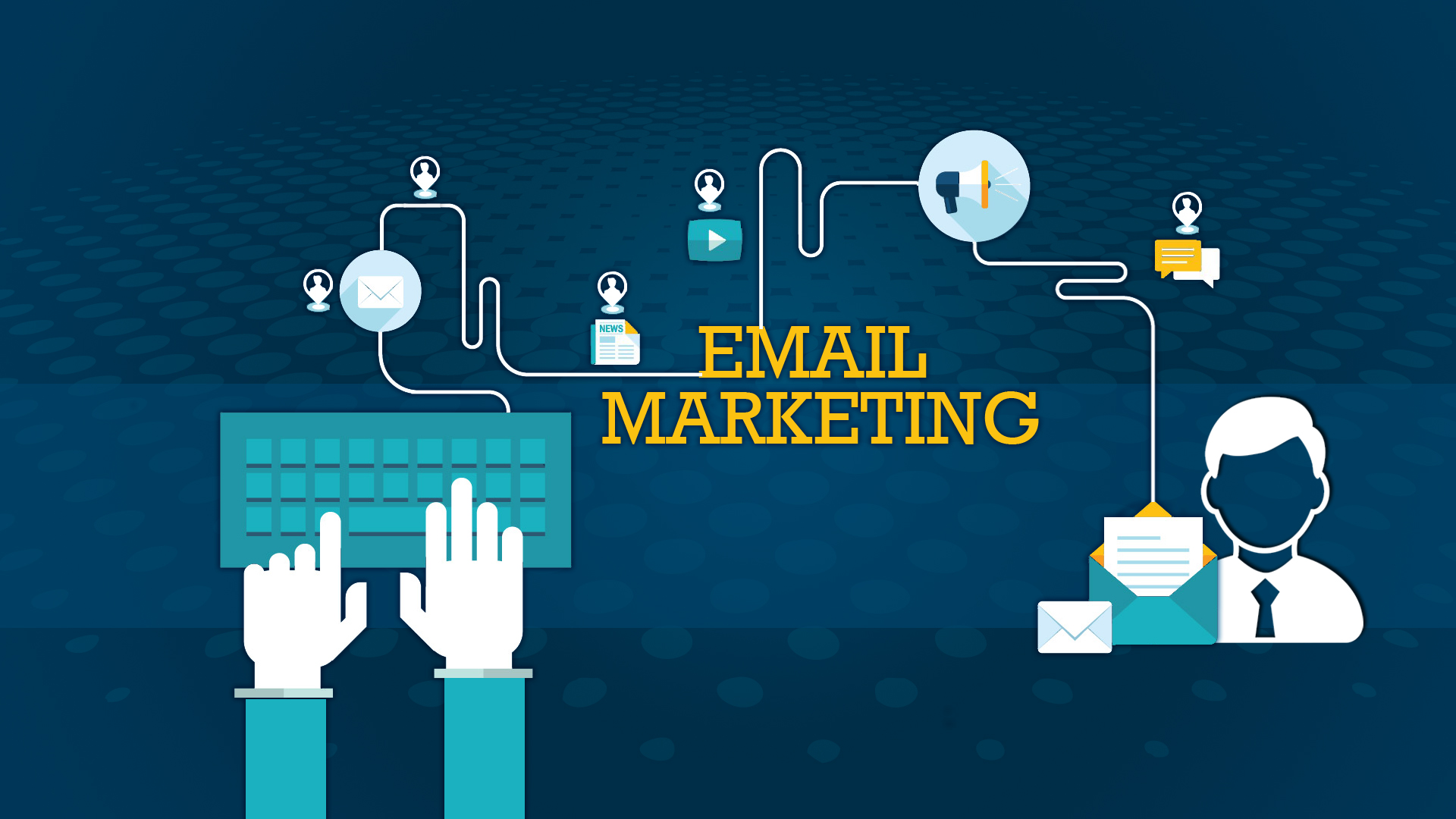
Email marketing remains one of the most powerful and cost-effective tools in a marketer's arsenal, offering unparalleled reach, targeting capabilities, and ROI potential. In this comprehensive guide, we'll explore the fundamentals of email marketing, best practices for success, and strategies to maximize engagement and conversions.
-
Understanding Email Marketing: Email marketing involves sending commercial messages to a targeted audience via email. These messages can include promotional offers, product updates, newsletters, event invitations, and more. Unlike traditional forms of advertising, email marketing allows businesses to reach their audience directly in their inbox, fostering personalized and timely communication.
-
Key Components of Email Marketing:
- Email List Building: Building a quality email list is the foundation of successful email marketing. Collect email addresses through website sign-up forms, lead magnets, social media campaigns, and offline events. Ensure compliance with data privacy regulations, such as GDPR and CAN-SPAM, and obtain explicit consent from subscribers before sending marketing emails.
- Segmentation and Personalization: Segment your email list based on demographics, interests, purchase history, and engagement behavior to deliver targeted and relevant content to each subscriber. Personalize email content with dynamic tags, personalized subject lines, and tailored offers to increase engagement and conversions.
- Email Design and Content: Design visually appealing and mobile-responsive email templates that align with your brand identity and messaging. Craft compelling and concise content that grabs attention, communicates value, and prompts action. Use eye-catching images, clear calls-to-action (CTAs), and persuasive copywriting to drive engagement and conversions.
- Timing and Frequency: Experiment with different sending times and frequencies to determine the optimal cadence for your audience. Avoid overwhelming subscribers with too many emails or bombarding them at inconvenient times. Use data analytics and A/B testing to refine your email timing and frequency for maximum impact.
- Testing and Optimization: Continuously test and optimize your email campaigns to improve performance and ROI. Conduct A/B tests on subject lines, content, CTAs, and sending times to identify winning variations. Analyze key metrics such as open rates, click-through rates, conversion rates, and unsubscribe rates to track progress and make data-driven decisions.
- Automation and Lifecycle Marketing: Implement email automation workflows to streamline repetitive tasks, nurture leads, and deliver personalized experiences throughout the customer journey. Set up automated welcome emails, abandoned cart reminders, re-engagement campaigns, and post-purchase follow-ups to increase efficiency and effectiveness.
read also: Key Components of Email Marketing

-
Best Practices for Success:
- Build Trust and Credibility: Respect subscriber preferences, provide value, and deliver on your promises to build trust and credibility with your audience.
- Provide Value-Driven Content: Offer valuable content, insights, and exclusive offers that resonate with your audience's needs and interests.
- Optimize for Mobile: Ensure that your emails are optimized for mobile devices to accommodate the growing number of mobile users.
- Monitor Deliverability: Maintain a clean email list, adhere to email best practices, and monitor deliverability metrics to ensure inbox placement.
- Stay Compliant: Familiarize yourself with email marketing regulations and best practices to maintain compliance and protect subscriber privacy.
- Monitor and Measure Results: Track and analyze key performance metrics to evaluate the effectiveness of your email campaigns and identify areas for improvement.
read also: Best Practices for Success in Email Marketing
In conclusion, email marketing remains a powerful and versatile tool for businesses to engage with their audience, drive conversions, and build lasting relationships. By understanding the key components, best practices, and strategies for success outlined in this guide, marketers can unlock the full potential of email marketing and achieve their marketing goals in today's competitive landscape.
Comments on “Unlocking the Potential of Email Marketing: A Comprehensive Guide”